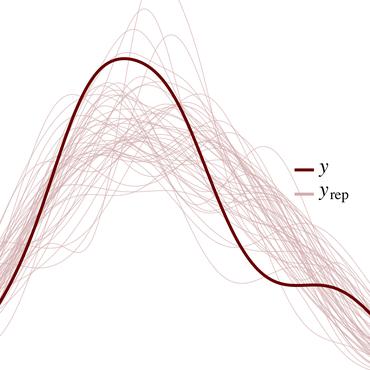Probabilistic Planning by Probabilistic Programming
Automated planning is a major topic of research in artificial intelligence, and enjoys a long and distinguished history. The classical paradigm assumes a distinguished initial state, comprised of a set of facts, and is defined over a set of actions which change that state in one way or another. Planning in many real-world settings, however, is much more involved: an agent's knowledge is almost never simply a set of facts that are true, and actions that the agent intends to execute never operate the way they are supposed to. Thus, probabilistic planning attempts to incorporate stochastic models directly into the planning process. In this article, we briefly report on probabilistic planning through the lens of probabilistic programming: a programming paradigm that aims to ease the specification of structured probability distributions. In particular, we provide an overview of the features of two systems, HYPE and ALLEGRO, which emphasise different strengths of probabilistic programming that are particularly useful for complex modelling issues raised in probabilistic planning. Among other things, with these systems, one can instantiate planning problems with growing and shrinking state spaces, discrete and continuous probability distributions, and non-unique prior distributions in a first-order setting.
PDF Abstract
